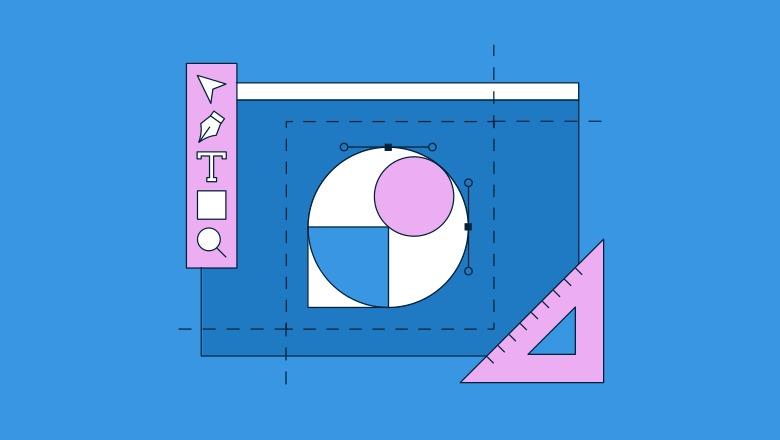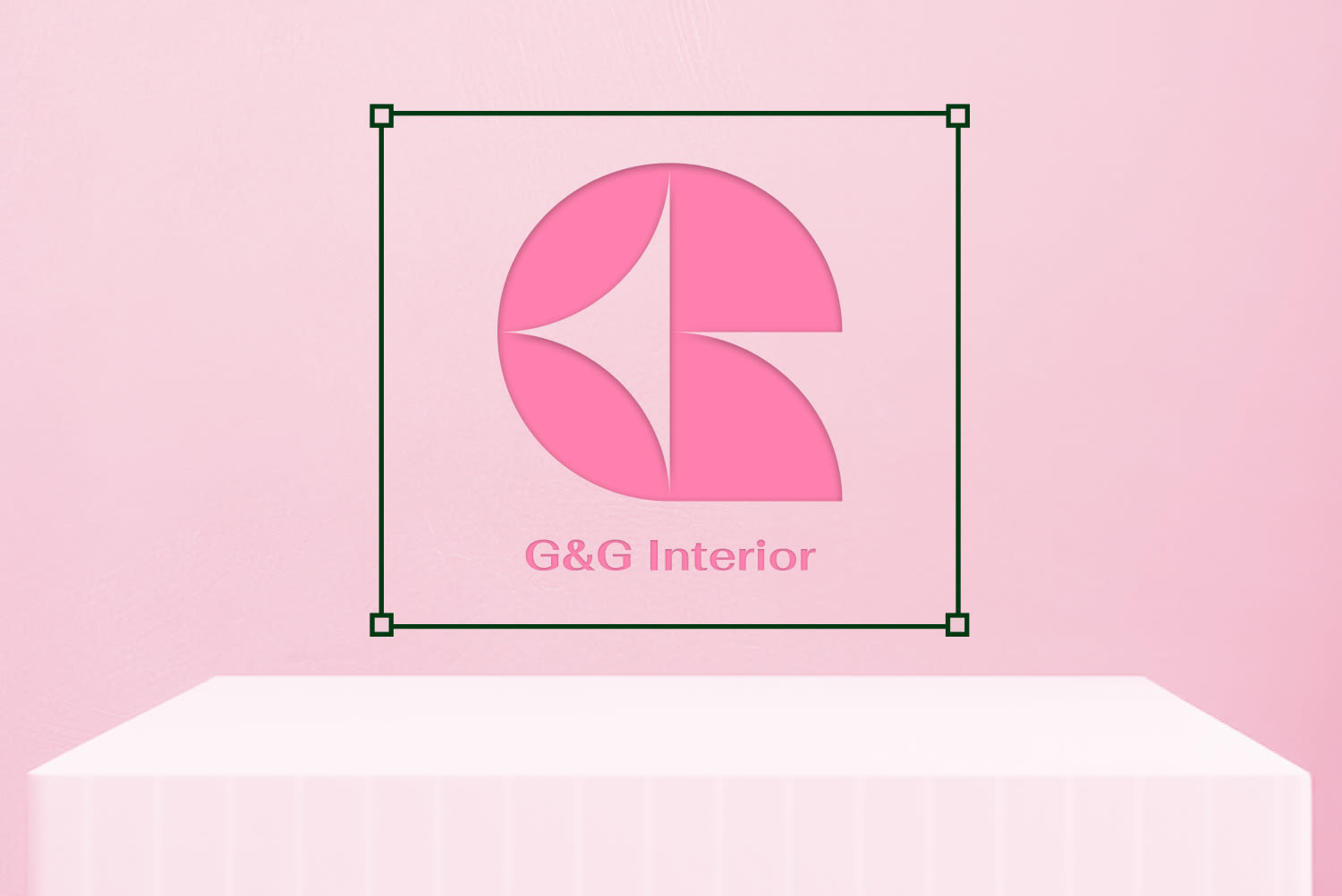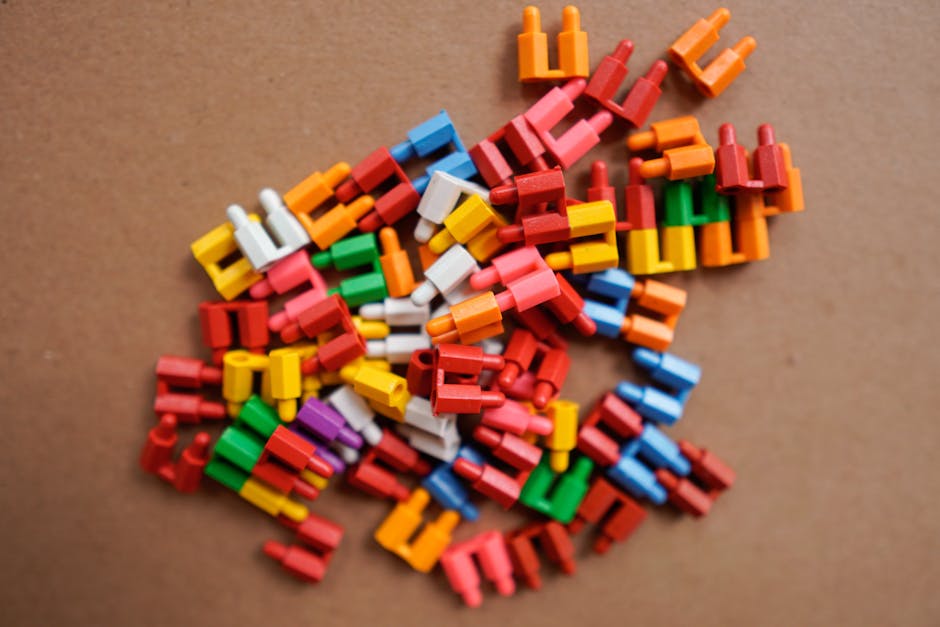
In the vast jungle of consumerism, where brands swing from tree to tree in search of loyal followers, there exists a little creature that serves as their calling card: the logo. Like a beacon of recognition in a sea of confusion, the logo is essential for any brand looking to stand out and make its mark on the world. So grab your magnifying glass and prepare to delve into the mysterious world of logos, where even the tiniest design element can have a big impact on brand identity.
history-of-logos-in-branding“>The History of Logos in Branding
Logos have been an integral part of branding since the beginning of commerce. From ancient times to the modern era, logos have evolved in style and significance. Let’s take a trip down memory lane to explore the fascinating history of logos in branding.
1. Ancient Times: Back in the day, logos were used by craftsmen to mark their work. These symbols were like ancient business cards, identifying the creator and ensuring quality. Imagine a caveman carving a stick figure on his cave wall - that’s basically the first logo!
2. Middle Ages: As trade routes expanded, guilds began using logos to distinguish their products. Knights would proudly display their family crests on their shields, effectively branding themselves in battle. Talk about a killer marketing strategy!
3. Industrial Revolution: With the rise of mass production, logos became even more important. Companies like Coca-Cola and Levi’s started using logos to create brand recognition. Suddenly, people were willing to pay extra for a product just because it had a cool logo on it. Talk about the power of branding!

The Importance of a Strong Logo Design
When it comes to creating a successful brand, a strong logo design is absolutely crucial. Your logo is like the face of your company – it’s the first thing people see and it needs to make a lasting impression. A well-designed logo can communicate who you are, what you do, and why you’re awesome all in one tiny graphic.
Think of some of the most recognizable logos out there – Nike’s swoosh, McDonald’s golden arches, or Apple’s iconic apple. These logos are memorable, simple, and instantly convey the brand’s identity. They stick in our minds like that song you can’t get out of your head, but in a good way.
So, why does a strong logo design matter? Well, for starters, it sets you apart from the competition. In a sea of businesses all vying for attention, a unique and eye-catching logo can help you stand out. Plus, a well-designed logo can build trust with your audience, show off your professionalism, and make you look like the big deal you know you are (even if you’re still working out of your mom’s basement).
How Logos Communicate Brand Values
Have you ever looked at a logo and thought, ”Wow, this logo really speaks to me”? Well, that’s because logos aren’t just pretty pictures – they actually communicate a brand’s values in a sneaky, subliminal way. Let’s take a closer look at how logos do this!
First off, color plays a big role in how logos convey brand values. For example, green is often associated with health and nature, while black can represent sophistication and luxury. So, next time you see a logo in bright red, you might want to think twice before buying that “healthy” energy drink!
Another way logos communicate brand values is through imagery. By including specific symbols or icons in a logo, a brand can instantly convey what they’re all about. Whether it’s a swoosh for speed and agility or a leaf for eco-friendliness, these images can speak volumes without saying a word.
And let’s not forget about typography! The font used in a logo can say a lot about a brand’s personality. Bold, sans-serif fonts might suggest strength and stability, while cursive fonts could convey elegance and sophistication. So, next time you’re choosing a font for your logo, remember – it’s not just about looking pretty, it’s about speaking the brand’s language!

The Psychology Behind Logo Recognition
When it comes to logo recognition, our brains work in mysterious ways. Have you ever found yourself instantly recognizing a logo, even without consciously trying to? That’s because our brains are wired to process visuals faster than text – making logos the ultimate memory triggers!
So, what makes a logo memorable? It’s all about psychology, baby! From colors to shapes, every element plays a crucial role in creating a logo that sticks in our minds like gum on a hot sidewalk. Here are some fascinating psychological factors that influence logo recognition:
- Color Psychology: Did you know that different colors evoke different emotions? Red can make you feel hungry (hello, fast food logos), while blue is calming and trustworthy (ahem, tech giants).
- Shape Recognition: Our brains love symmetry and simplicity. That’s why logos with clean, geometric shapes are more likely to be remembered than complicated designs.
- Typography Tricks: Fonts matter, people! Whether it’s bold and playful or sleek and modern, the right typography can make or break logo recognition.
Next time you see a logo and feel an instant spark of recognition, remember – it’s not just a pretty design. It’s the result of some serious psychological wizardry at play. So, embrace the power of logos and let your brain revel in the beauty of visual memory!

Creating a Memorable and Timeless Logo
When it comes to creating a logo that will stand the test of time, there are a few key things to keep in mind. One of the most important elements is simplicity. You want your logo to be easily recognizable and memorable, so try to keep it clean and uncluttered.
Another important factor to consider is versatility. Your logo should be able to be scaled up or down without losing its impact, and it should look just as good in black and white as it does in color. This will ensure that your logo can be used across a variety of mediums and settings.
Color choice is also crucial when designing a logo. Different colors can evoke different emotions and convey different messages, so be sure to choose colors that reflect the personality of your brand. And don’t be afraid to think outside the box – a bold, unexpected color choice can help your logo stand out from the crowd.
Finally, remember that a memorable logo is a timeless logo. Trends come and go, so try to avoid jumping on the bandwagon of whatever is popular at the moment. Instead, focus on creating a logo that is classic and enduring – something that will still look great years from now.
Utilizing Logo Consistency Across Marketing Channels
When it comes to , the key is to keep it simple yet effective. Your logo is like the Beyoncé of your brand – it needs to be flawless and always on point.
Imagine if Beyoncé showed up to a concert in a different outfit every night – the Beyhive would be in uproar! Similarly, your logo should be consistent across all channels – whether it’s your website, social media, or even your business cards.
So, how can you ensure your logo stays consistent and looks snatched across all platforms? Here are some tips:
- Keep your logo design simple and timeless: Just like Queen Bey’s vocal range, your logo should be versatile and able to stand the test of time.
- Use the same colors and fonts: Consistency is key, so make sure your logo looks the same regardless of where it appears.
- Resize and format for each channel: Your logo should look just as fierce on Instagram as it does on your website – make sure to adjust the size and format accordingly.
FAQs
Why is a logo important for a brand?
Well, imagine a world without logos. How would you know that you’re eating a Big Mac and NOT a Whopper? Scary, right? Logos help us instantly recognize and remember a brand, which is crucial for standing out in a sea of competitors.
How does a logo contribute to brand identity?
Think of a logo as the face of a brand – it’s the first thing people see and associate with your business. Just like how your charming smile and sparkling eyes reflect your personality, a well-designed logo conveys the essence and values of your brand.
What makes a good logo design?
A good logo is like a good joke – simple, memorable, and makes you want to share it with others. It should be versatile, scalable, and timeless. Oh, and please, no Comic Sans or ClipArt disasters!
Can a logo evolve with a brand over time?
Absolutely! Just like how Madonna reinvented herself through the decades, a logo can undergo transformations to stay relevant and fresh. However, proceed with caution - you don’t want to end up like New Coke or the disastrous Fyre Festival, do you?
How can a small business create a logo on a budget?
Who says you need deep pockets to have a killer logo? Get creative, DIY it, and use online tools like Canva or Fiverr to design a logo that speaks volumes without breaking the bank. Remember, it’s not about the size of your budget, but the size of your imagination!
Don’t Underestimate the Power of a Logo!
So there you have it, folks! Your logo is more than just a pretty design – it’s the heart and soul of your brand identity. It’s your trusty sidekick, your loyal companion, your secret weapon in the battle of the brands. So next time you’re designing a logo, remember the essential role it plays in shaping your brand’s identity. And hey, if all else fails, just stick a unicorn on it. Unicorns make everything better, right? Happy branding! 🦄✨









